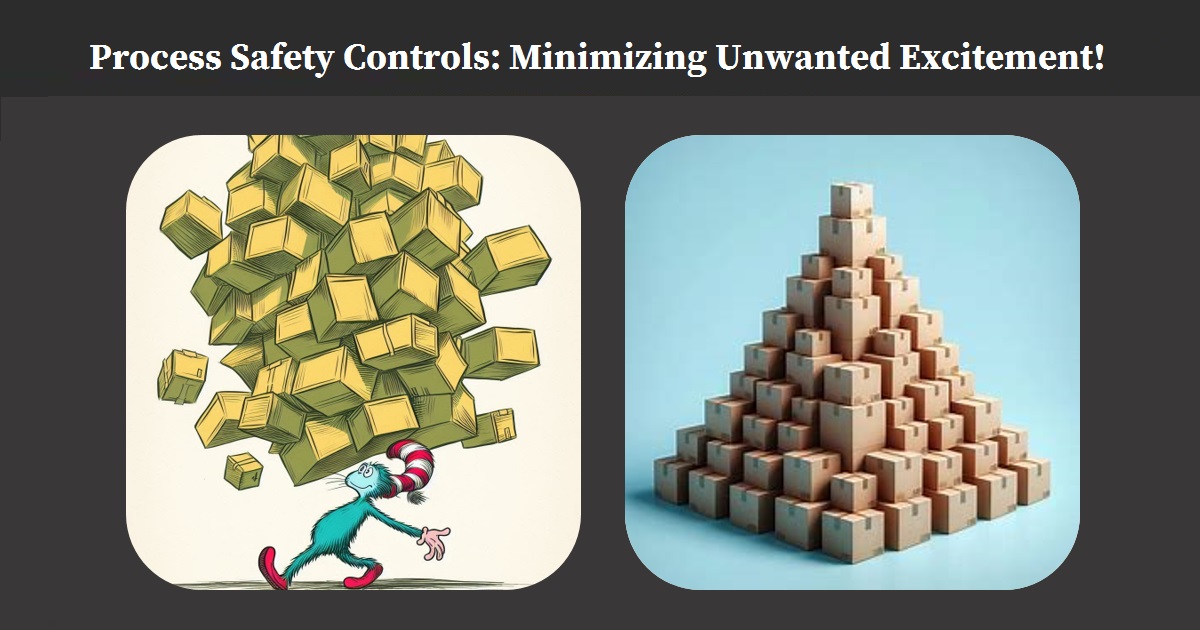
Discover a safer tomorrow with our Excel-based What-If Process Hazard Analysis app. Uncover potential risks, explore scenarios, and fortify your operations. Seamlessly navigate 'what-if' scenarios, ensuring proactive risk mitigation. Your path to enhanced process safety starts here.
Note: This product is included in our PSM Mechanical Integrity & Safety Compliance Toolkit.